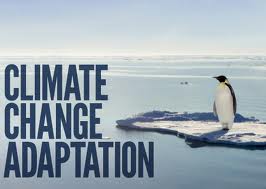November 5, 2013 – On Friday of last week, President Obama signed an executive order for the federal government of the United States to take measures to adapt to climate change. Entitled, Preparing the United States for the Impacts of Climate Change, the order impacts 30 federal agencies to develop a climate change adaptation strategy. These agencies are to coordinate with U.S. states, cities and businesses to develop a master plan for rising sea levels, floods, droughts, and other extreme weather-induced challenges.
The strategies include:
- developing appropriate building standards and providing funding and technical assistance to create better infrastructure to withstand weather events caused by climate change,
- strengthening the climate resilience of watersheds, ecosystems and dependent communities,
- providing scientific data to allow states, cities and businesses to accurately assess risk from extreme weather events.
The United States joins the countries of the European Union who have also developed adaptation strategies to address climate change. So are many other countries around the globe based on the overwhelming scientific evidence that continues to point to human-caused atmospheric warming, ocean acidification, and declining biodiversity.
What is my country Canada doing? Not much. A read of the federal government site states we have “an aggressive approach to climate change that achieves real environmental and economic benefits for all Canadians.” But the reality is far different as evidenced by the latest data on Canada’s inability to meet its greenhouse gas Copenhagen commitments.










